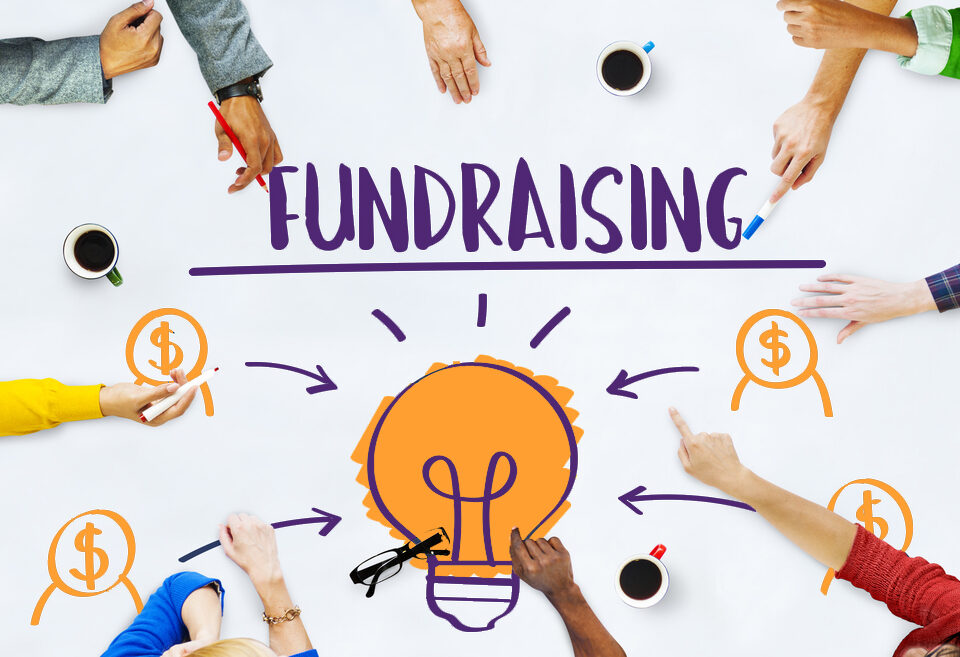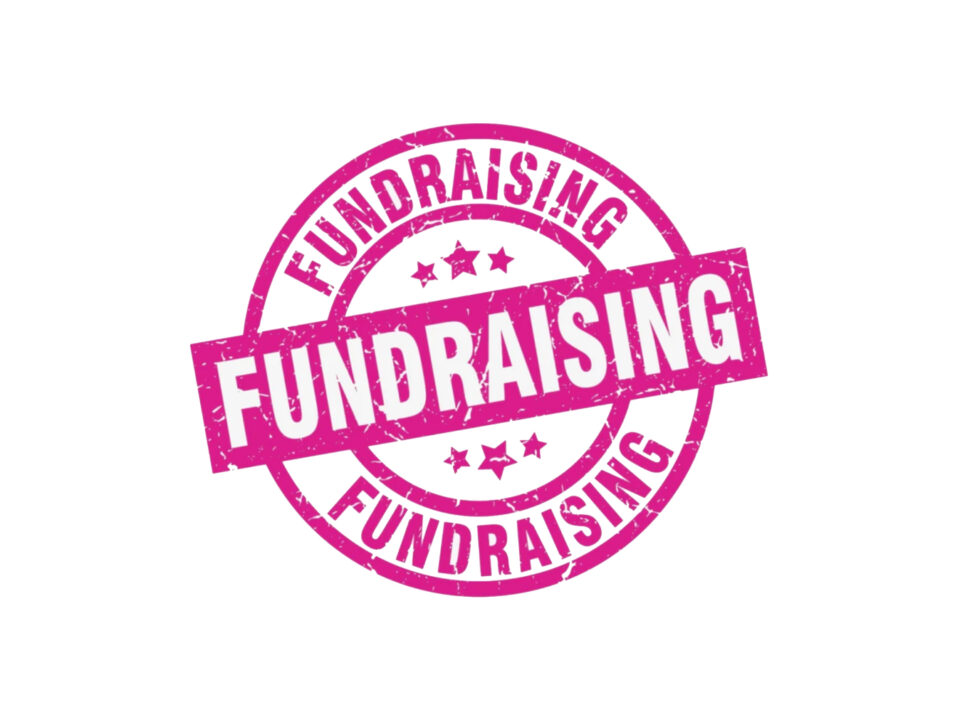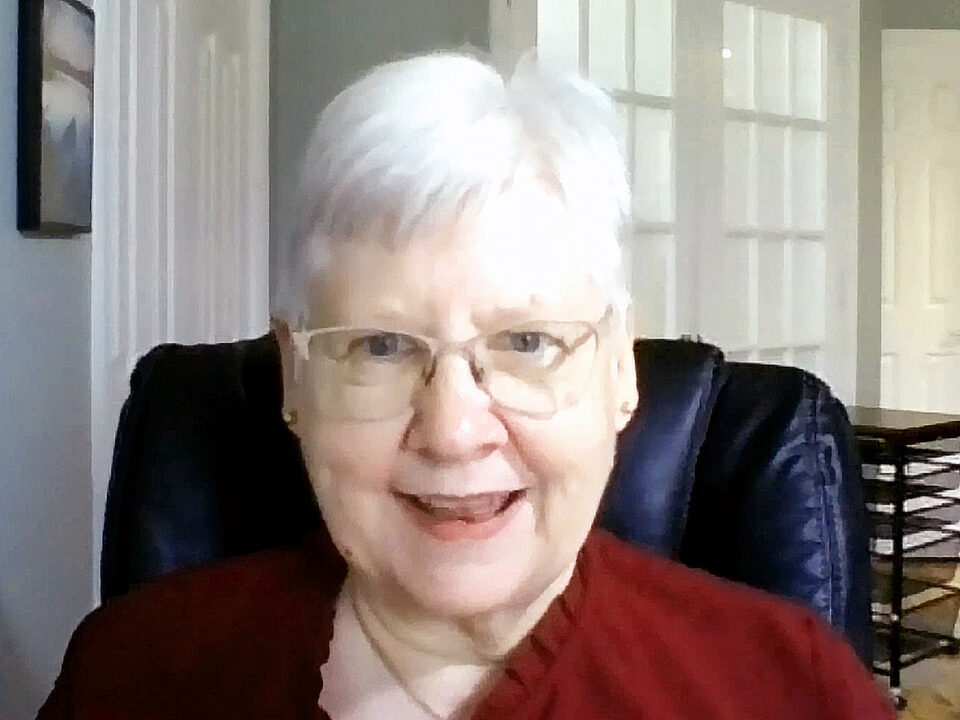
4 Proven Methods You Must Know to Qualify Donor Prospects looks at several simple, but effective ways to know you are on the right track with your prospect list.
Who is your ideal donor? Why does it matter?
If you put together a set of criteria describing your ideal donor, you’ll save a huge amount of time that you might otherwise waste chasing prospects that don’t have the money or the motivation to support you. That’s time you can’t get back. To avoid this level of waste, document your selection criteria.
- Write down the characteristics of your “ideal” donor. Start with the standard criteria, such as age, gender, address, giving history, net worth, etc.
- Include motivations for giving, not just wealth profile and giving history. Figure out why your best donors give to you today and use that information in your profile.
- Use your qualifying criteria early in the relationship, to figure out how much time and energy the prospect justifies.
- Stop attempting to cultivate funding prospects that offer little value in return for your efforts.
Base your criteria on your best or favorite current donors/funders. Those are the ones you want to clone. If you don’t have funders in a category yet, make an educated guess, and then refine your guesses from experience.
Develop an ideal donor profile for individuals, businesses, and foundations. And measure prospective new donors/funders against this profile before deciding what steps and how much time you will send pursuing these donors. Don’t put a lot of time and effort into cultivating prospects that don’t fit your criteria. It takes real discipline to ignore or put less time into the ones that don’t fit your ideal profile but make the effort; you’re just throwing away your time if you chase them.
It is fairly easy to identify the net worth of prospective and current donors, based on public information available through Donor Scope. But you will want to invite these high-level prospective donors to a non-ask event to learn more about them and the level of interest they have in giving to your organization. At this event, you will want to have staff, board members, or volunteers at each table so they can qualify the level of interest these prospective donors show after hearing more about your organization. To learn more about Donor Scope and the non-ask events, attend one of our two-day workshops in person or virtually. (Link)
And don’t forget to set goals in each category—individuals, businesses, and foundations. How many current donors in each category do you expect to retain, how many new donors do you need in each category, and how many of the current donors in each category would you like to upgrade? What you measure is what you get, and what you don’t measure, you don’t get. So, if you fail to issue specific targets for new-funder income and for numbers of new funders per category, you end up undercutting your own efforts.
The next steps with these qualified prospects will be to make one-on-one calls in person with each prospective donor to delve further into their ability and interest in supporting your organization, and in inviting others to get involved. More about this at our two-day workshop and in future blogs.
4 Proven Methods You Must Know to Qualify Donor Prospects was first posted at Development Systems International.
For more articles like 4 Proven Methods You Must Know to Qualify Donor Prospects VISIT HERE


